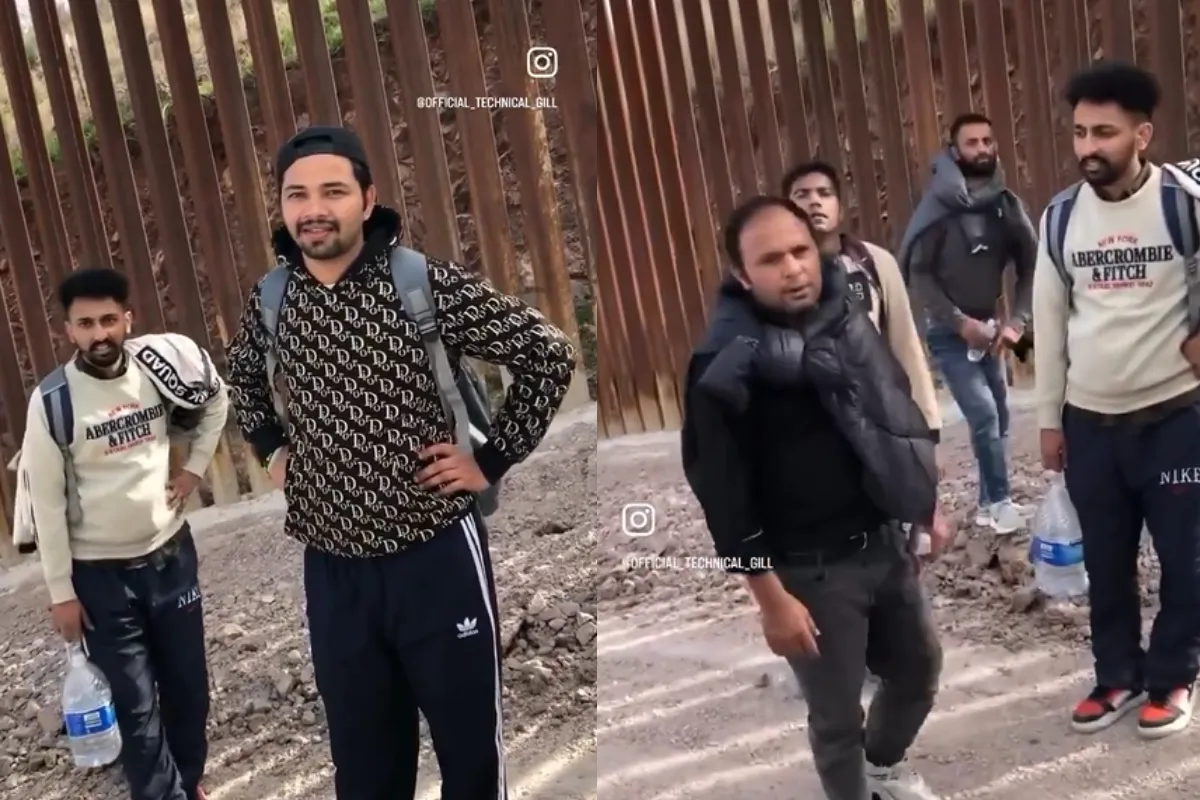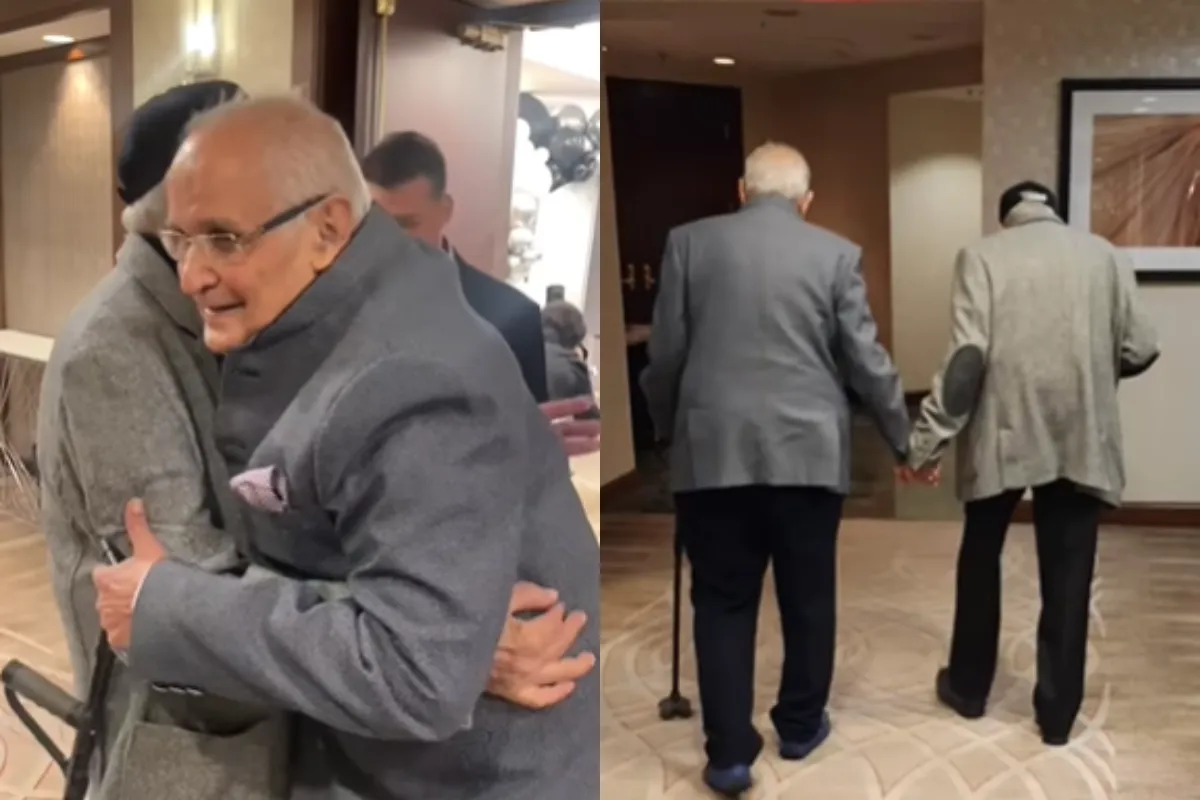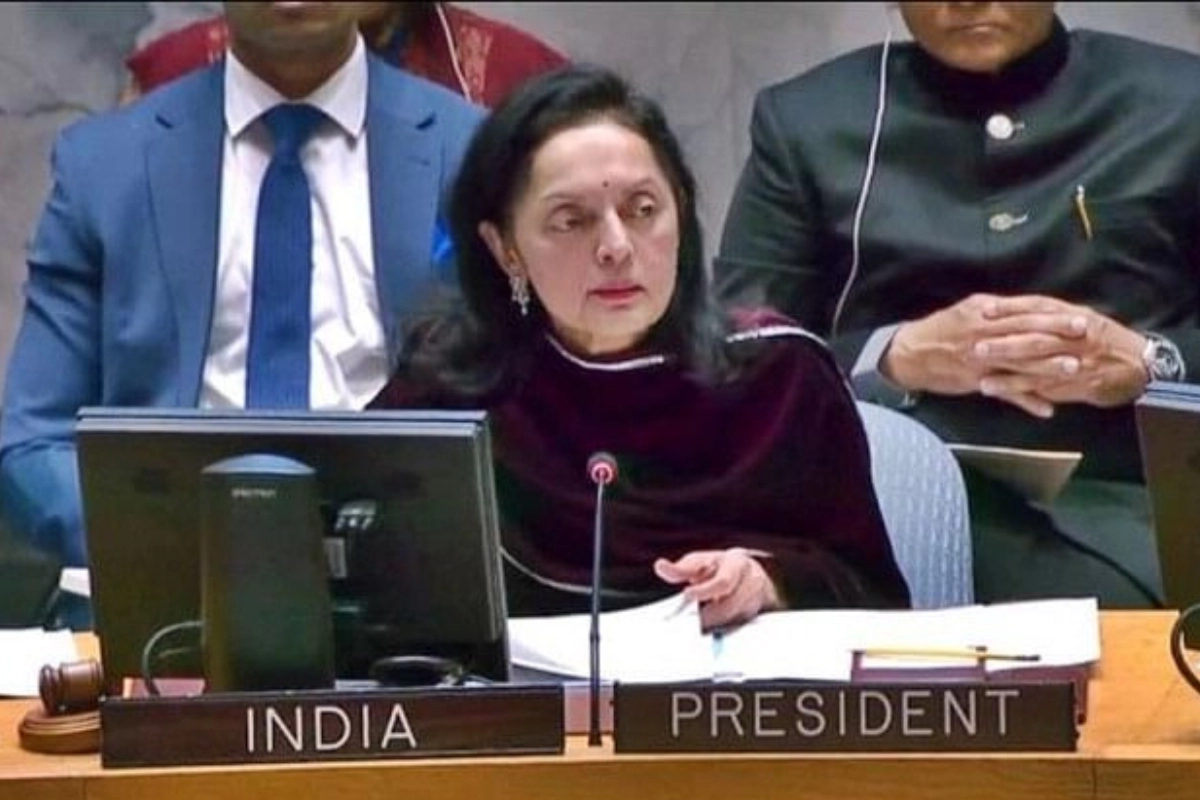On 22 October, India will celebrate the day of 1947 invasion of Jammu and Kashmir as ‘Black Day’ to protest against the role of Pakistan in spreading violence and terror in the valley. On October 22, 1947, Pakistani invaders entered Jammu and Kashmir illegally and committed looting and atrocities.
Also government will set up a museum to show the history of raids and atrocities carried out by attackers supported by the Pakistan Army. “An exhibition and a two-day seminar are planned in Srinagar on October 22,” the official said.
How did Pakistan plan an invasion?
The Pakistan Army gave the responsibility of making each Pathan tribe a Lashkar with 1,000 tribes. He then asked Lashkar to concentrate in Bannu, Vanna, Peshawar, Kohat, Thal and Nowshera. The brigade commanders of Pakistan provided ammunition, weapons and necessary clothes at these places.
According to reports, at that time, the entire force was commanded by Major General Akbar Khan, whose code name was ‘Tariq’. Each Lashkar was provided with one Major, one Captain and ten Junior Commissioned Officers. At least four guides were sent per company before leaving Muzaffarabad. Six Lashkar reached Srinagar from Muzaffarabad via Domail, Uri and Baramulla with the special task of capturing the aerodrome and later proceeding towards Banihal Rode.
Displaced families of slave Kashmir will protest at Jantar Mantar in New Delhi on 22 October to protest against the tribal invasion of Jammu and Kashmir in 1947.
After this, a large number of Hindu families had to migrate from slave Kashmir to Jammu Kashmir.
Every year, as a Day of the Day, this set-up is held in Jammu, but now they will raise their voice in Delhi so that their demands can be raised in the ears of the Central Government. Displaced people living in other parts of the country including Jammu and Kashmir will participate.
The migrants of slave Kashmir say that 70 years have passed and no government has been able to evacuate slave Kashmir. In such a situation, displaced families are going through difficult situations for seven decades.
There are 13 lakh families but no one is asking them today. Although the central government has provided relief amount to all these families at the rate of rupees five and a half lakh rupees, but the displaced say that it is very meager.















